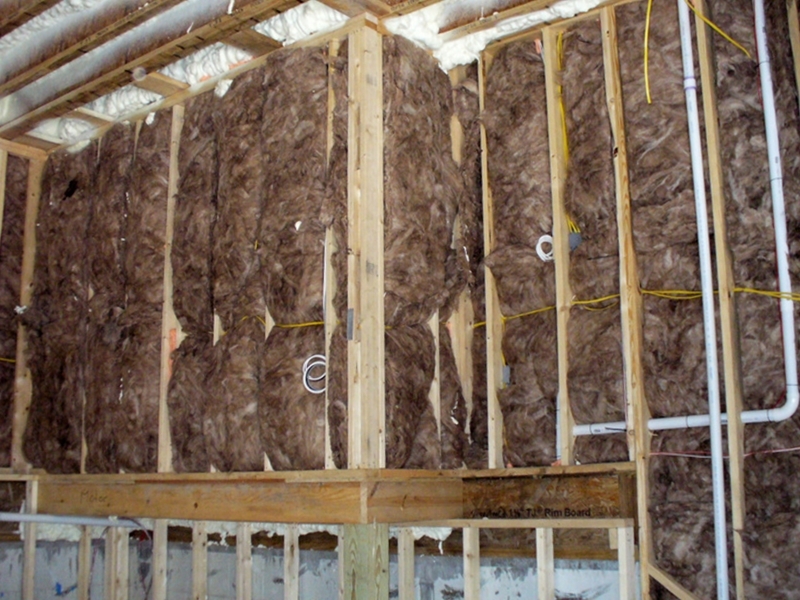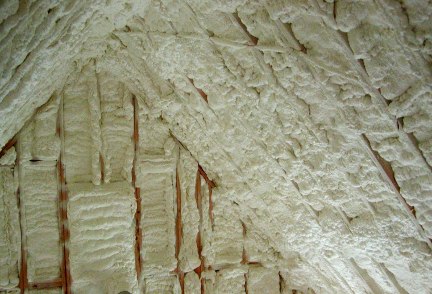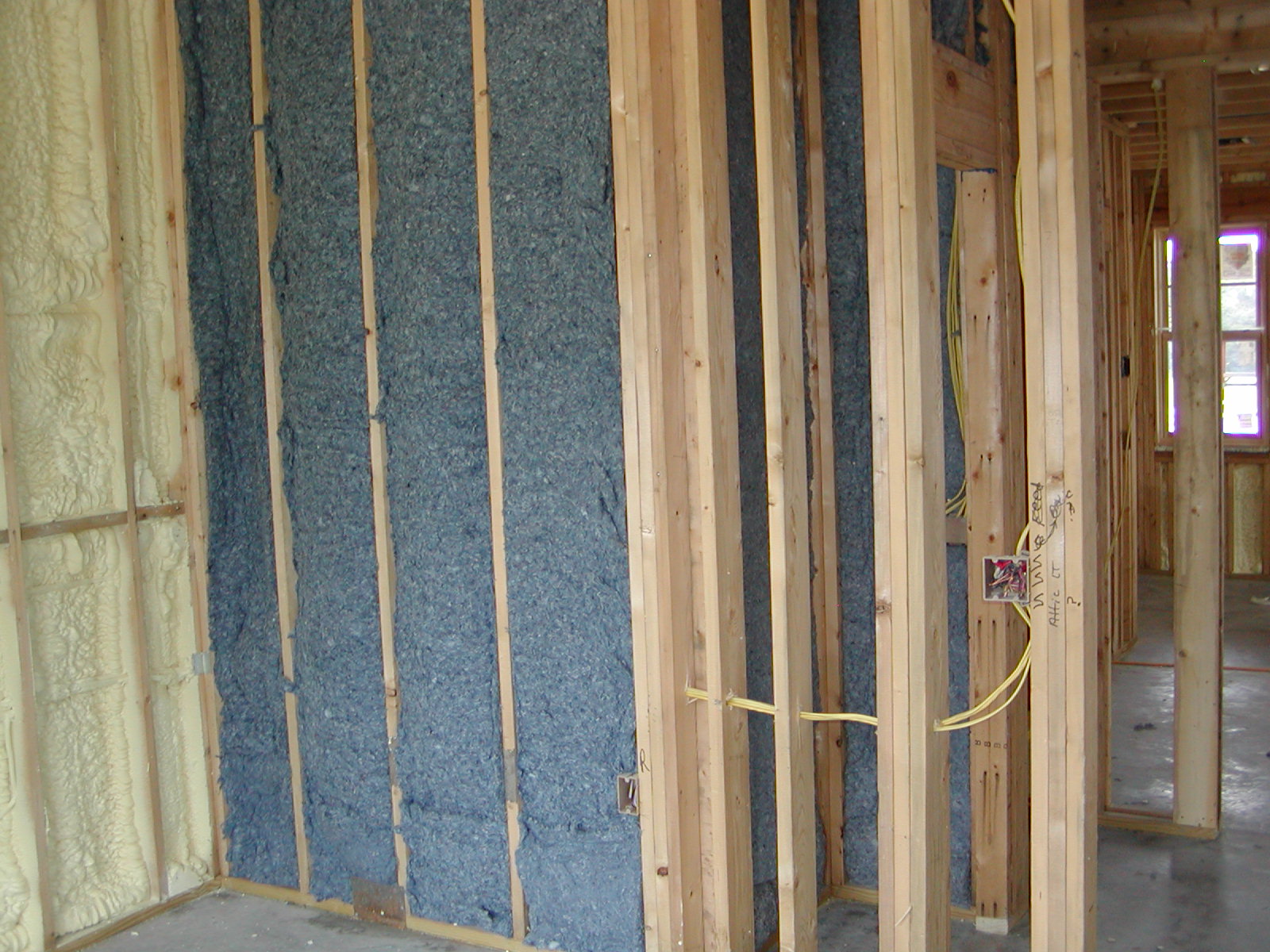09 May February 2020
Willis Sinclair Homes
“The Lowcountry’s Premier Custom Home Builder”

Bill & Kandy had a fun time posing for their portrait at Biltmore last December!
24 Gabriel Road
Lodge, South Carolina 29082
843 846 2500

February 2020
Number 72
 From the desk
From the desk
of Abbey …
Hello everyone!
Before we know it pollen will be here and you will be scheduling a house washing and window cleaning. Remember to call sooner rather than later because in the Spring and Autumn those washing companies book up rather quickly!
After your home is washed you should walk around and make sure everything held up okay and is in good shape for the Summer months, when everything takes a beating. Make sure your paint is in good shape, that there are no areas where caulk may need to be replaced. Often washing a home will expose some areas of concern that should be dealt with right away to prevent further damage. It is a good idea to ask your power washing company to inform you of any problems they see.
You will want to make sure there were no puddles around any windows and doors inside. If there were water leaks it is a potential sign there may be some air leaks that could lead to humidity issues in the summer months.
Keep in mind that the summer is a nice time to get smaller projects off your list. Although the scheduling of a project depends on the availability of your contractor, keep in mind that sometimes scheduling the projects to be done during a time when you are away is so that any inconveniences you may experience – be it early arrival times, delayed arrivals, loud tools, dust, dumpster in your driveway, parking inconvenience, etc. – all of those ‘joys’ are missed and you only return to find your project completed!
It is important to be alert and always on the lookout for ways to keep your home up to date so that when and if you decide to sell you don’t have a lot of work to do to get it ready. Some things to think about that can be fun and not overly involved are below:
-
update existing cabinets with new hardware
-
upgrade your countertops and replace old plumbing fixtures
-
revamp your landscaping or plant a tree
-
paint your windows a different color
-
have a room, or a piece of furniture painted a lighter/brighter color
-
paint your pantry or closet a color that brings you joy every time you open the door
-
have your garage, closet, kitchen, pantry, etc. organized so things are easy to find
-
replace carpet or put down new flooring
The options really are endless! And if you need any ideas or suggestions we are here to help! Happy day to you all!
Insulation
Insulation is a material that slows the flow of energy. Most commonly, the energy that concerns homeowners is heat and sound.
Thermal Insulation
If the temperature outside is high and you want your home comfortable, you want to slow the heat flow from outside of your home to inside. The more you can slow the heat flow, the less your air conditioner has to work (and the lower your power bill).

Fiberglass insulation can be a good choice in the walls if it is installed properly.
Thermal insulation is rated with an “R” rating. The higher the number, the higher the resistance to heat flow (the better the insulation). There are basically two types of insulation available from which to choose: foam and fiberglass.
Fiberglass
Fiberglass insulation is relatively inexpensive and provides good insulation if (big IF) it is installed properly. Often exterior walls have obstacles such as electrical outlets, wires or pipes in them. If the insulation is smashed behind the obstacles, its R rating will be decreased. The insulation has to fit and it also needs to be attached to the studs properly so it does not sag over time. With care, fiberglass insulation works well in vertical exterior walls.
|
Fiberglass and foam insulation resist heat flow because they trap tiny air pockets. It the material is smashed, air pockets are minimized and the R rating drops dramatically. The air pockets are what makes fiberglass (which is fibers of glass – hence the name) a good insulator, yet glass itself is a poor insulator. |
Attics
Insulating ceilings (with any sort of insulation) is probably not a good idea. A much better idea is to foam between the rafters and thus include your attic in (sort of) conditioned space. If you have any HVAC equipment it will be much more efficient because with insulation in the rafters, attics will be only a few degrees warmer than your home. If the insulation is between the ceiling joists, the attic will get very hot during the summer.
Spray Foam Insulation
Spray foam insulation is sprayed into the stud/rafter bays and then expands to fill the bay. It fills any areas behind wires or pipes. It also seals the wall from any air infiltration that may happen around openings (outdoor) electrical outlets or hose bibs.

Spray in foam insulation fills any voids and provides an excellent thermal barrier.
Spray foam insulates the same way as fiberglass: by trapping very small pockets of air. There are two types of spray foam insulation: open cell and closed cell. Open cell insulation is a bit less expensive than closed cell and offers less insulation per inch of thickness. Open cell has the small cells of air basically interconnected, so it is easier to cut or probe. Closed cell has individual cells that are not interconnected, thus closed. It has a much harder surface. It is also impervious to water or moisture, so it is often used in crawlspaces or under floors.

Sound isolation can be provided by fiberglass insulation or by “blue jean” insulation.
Open cell spray in foam insulation costs about three times as much as fiberglass, but it will result in energy cost savings year after year. Since insulation costs are relatively low (compared to other home building expenses), the cost impact of using spray in foam does not affect the bottom line that much.
|
In Memory …. Back in 2006, we started our first house on Brays Island (as Ponds & Sons). It was a large house that took a over a year to complete. The homeowner was a businessman who worked in upper management at Exxon. Norm Schuld was a kind, but firm client. We got to know him and later Dana, his wife. Over the years, we have had enjoyable visits in their homes in North Carolina and on Brays. On January 5, Norm passed from this world. Thank you God for Norm. We miss him. God bless you, Dana. We love you. |
Sound Insulation
Sound insulation is another type of insulation that is often used to minimize sounds between rooms. Typically, it is used to isolate bathrooms and bedrooms. Fiberglass can be used, but “blue jean” materials seem to work better (and cost more). The “blue jean” insulation is made of fabric (typically blue jeans, hence the name) that is processed to make fire proof bats.
If you are thinking about building a home or even an addition and want to bounce some ideas off us, don’t hesitate. We will be glad to sit down with you and answer any questions or discuss the trade offs you will be facing when you build or remodel.
Call us. We can help. No cost or obligation, of course.
Willis Sinclair Homes
The Lowcountry’s Professional Builder!
 Call Us
Call Us
Willis: 843 599 9056
Abbey: 843 599 2302
Bill: 843 846 2500





No Comments